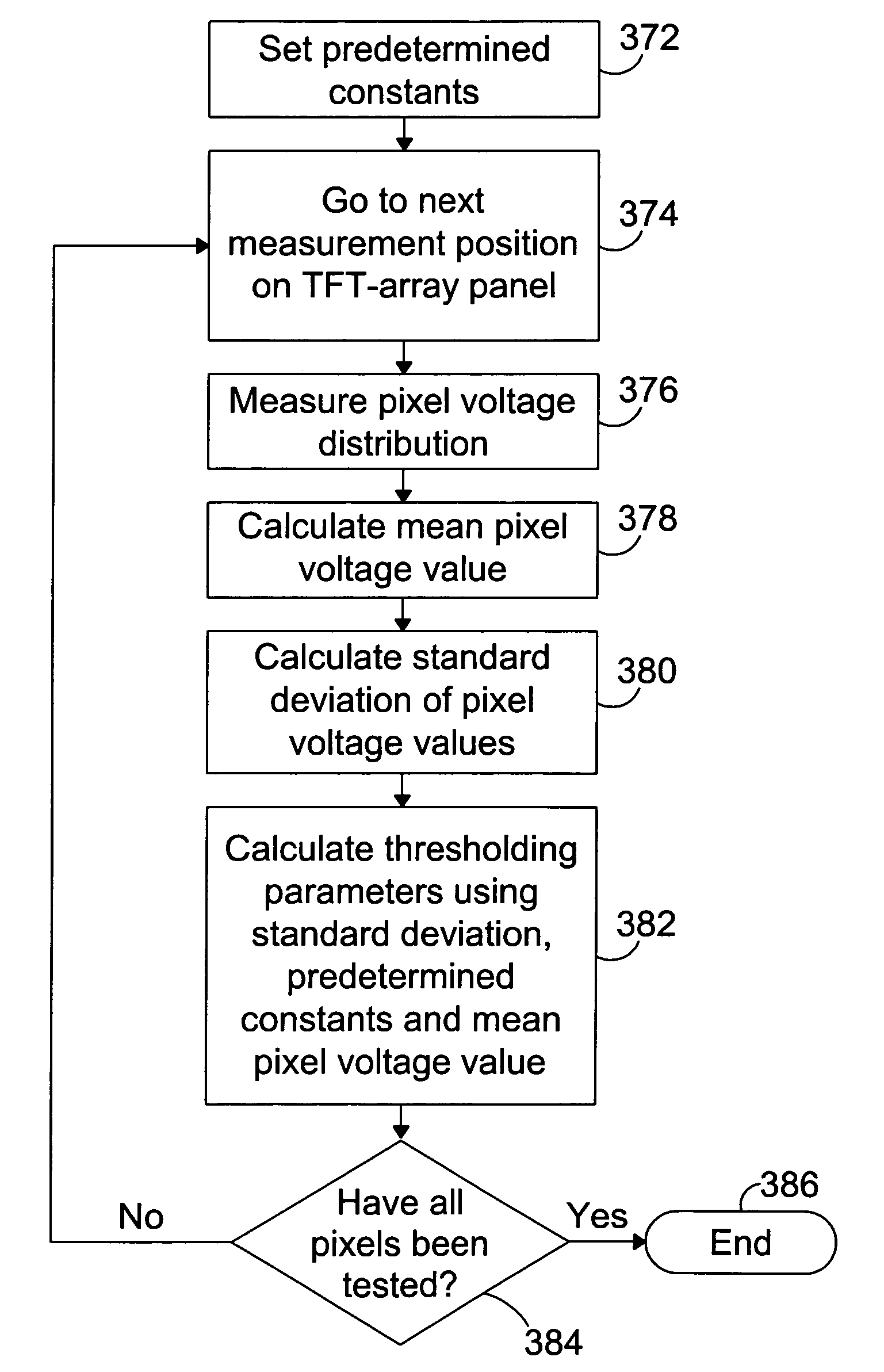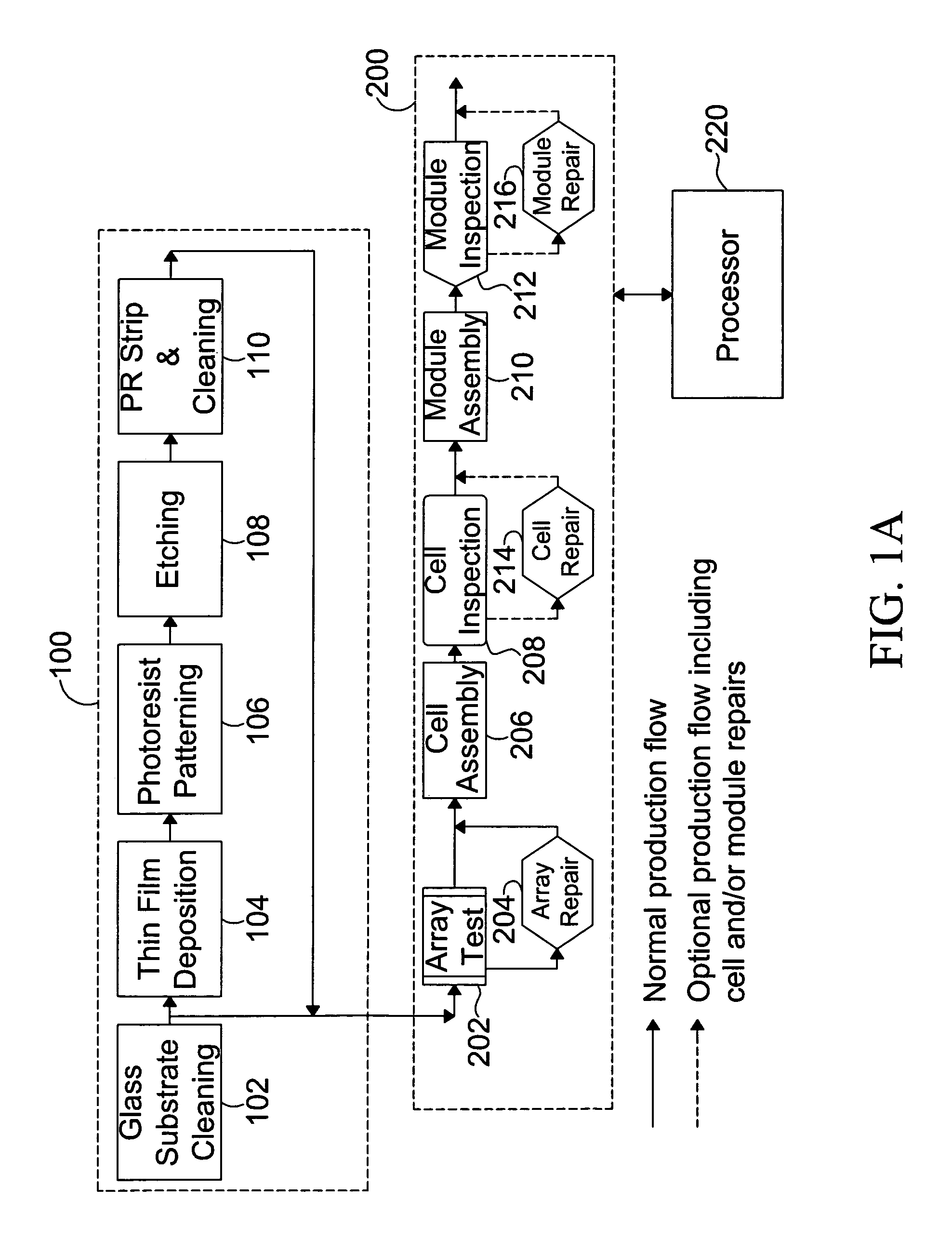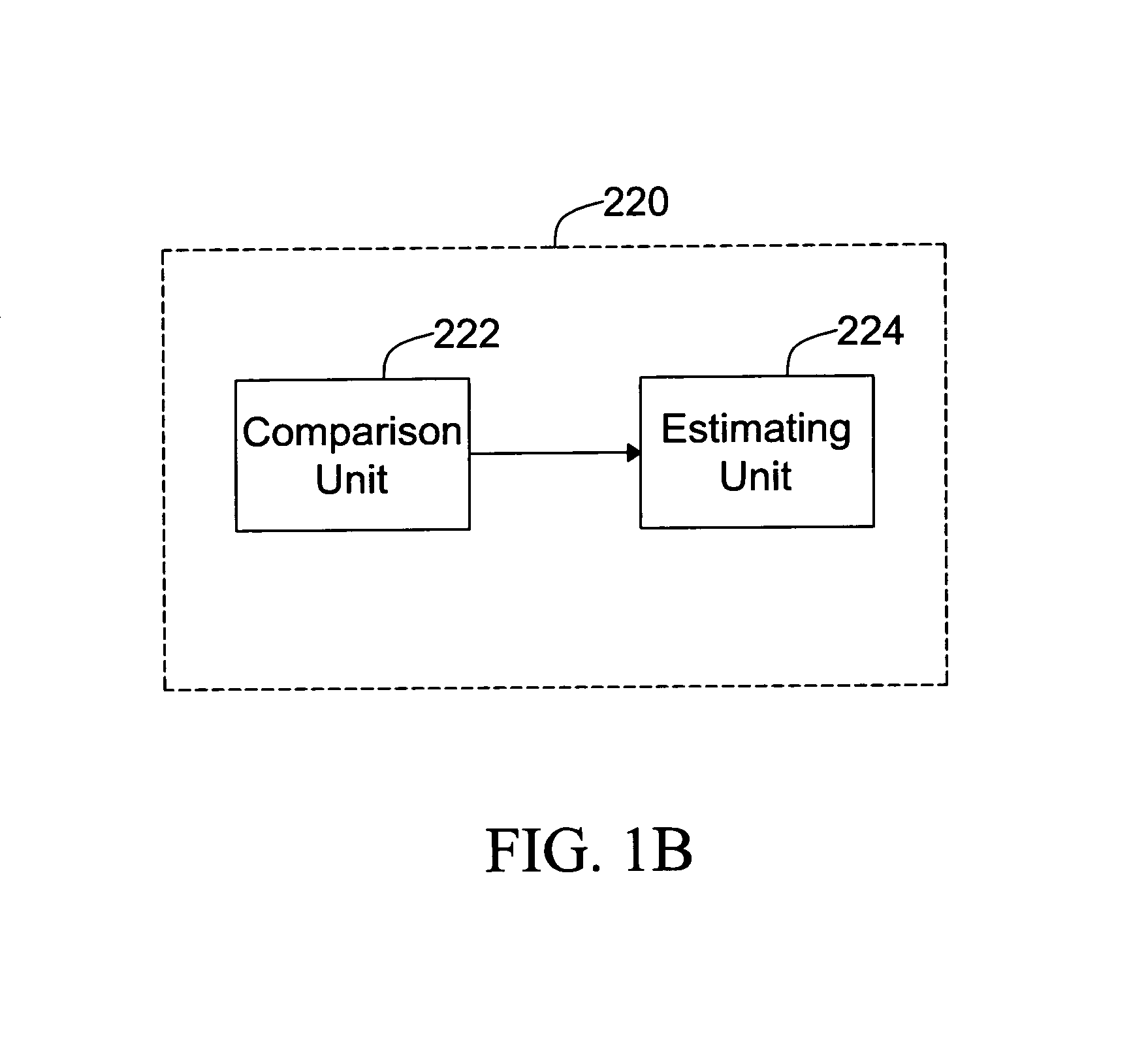System and method for improving TFT-array manufacturing yields
a technology of tft-array and manufacturing yield, which is applied in the field of lcd manufacturing, can solve the problems of abnormally high number of reported defects, difficult identification of process non-uniformities and process contamination, and inability to repair tft-array repair equipmen
- Summary
- Abstract
- Description
- Claims
- Application Information
AI Technical Summary
Benefits of technology
Problems solved by technology
Method used
Image
Examples
Embodiment Construction
I. Thin-Film Transistor (TFT) Liquid Crystal Display (LCD) Fabrication
[0029]FIG. 1A is a block diagram of the process flow for TFT-LCD fabrication. The fabrication process can be divided into two stages, an array panel fabrication stage 100, in which the thin-film transistor (TFT) array panels are fabricated on a substrate, and a test and assembly stage 200, in which the TFT-array panels are tested and the displays are assembled.
[0030]In the array panel fabrication stage, the glass substrate on which the TFT-array panels are fabricated is cleaned at step 102. Steps 104–110 represent well known process steps for forming TFT-array panels on a glass substrate. They consist of a thin film deposition step 104, a photoresist patterning step 106, and etching step 108 and a photoresist stripping and cleaning step 110. Steps 104–110 are repeated for each patterned thin film layer that is deposited on the glass substrate.
[0031]Multiple TFT-array panels are typically fabricated on each glass s...
PUM
 Login to View More
Login to View More Abstract
Description
Claims
Application Information
 Login to View More
Login to View More - R&D
- Intellectual Property
- Life Sciences
- Materials
- Tech Scout
- Unparalleled Data Quality
- Higher Quality Content
- 60% Fewer Hallucinations
Browse by: Latest US Patents, China's latest patents, Technical Efficacy Thesaurus, Application Domain, Technology Topic, Popular Technical Reports.
© 2025 PatSnap. All rights reserved.Legal|Privacy policy|Modern Slavery Act Transparency Statement|Sitemap|About US| Contact US: help@patsnap.com



